Basketball Sport Court Lighting Design: Best Indoor Basketball Court Lights

Directory:
1. Introduction
2. Overview of DIALux Software
3. Indoor Basketball Court Lighting Design and Simulation
4. Best Indoor Basketball Court Lights
The design of lighting for basketball courts using DIALux evo 7.0 simulation analysis focuses on creating an optimal lighting environment that caters to both the audience's viewing experience and the needs of athletes, referees, and other professionals. At the outset of the basketball court design, the simulation capabilities of DIALux can be utilized to determine the most effective lighting solution.
This article explores the modeling, simulation, and comparative analysis of indoor basketball court lighting design, examining three key factors: light source selection, lamp arrangement, and lamp control methods.
1. Introduction
The dimensions of the indoor basketball court are 42 meters in length, 32 meters in width, and 12.5 meters in height, classifying it as a Class II indoor basketball court. According to the relevant sports building manual, different grades of basketball courts have varying lighting standards, with the specific standard for this court set at 500 lux, as indicated in Table 1.
2. Overview of DIALux Software
Among lighting calculation software, AGI32 and DIALux are the most notable. AGI32 is a commercial, paid software without a Chinese version, known for its speed and accuracy in calculations. In contrast, DIALux, developed by DIAL GmbH in Germany, is open-source and can import IES format light source files from various manufacturers. It primarily calculates and analyzes illumination based on the lamp's light distribution curve, allowing for the development of the most effective lighting plan, with accurate simulation data results.
3. Indoor Basketball Court Lighting Design and Simulation
3.1 Selection of Efficient Light Sources
The typical lighting options for stadiums include metal halide lamps and LED lamps. Metal halide lamps are known for their excellent color rendering and high luminous efficiency, being a third-generation light source that incorporates various metal halides into high-pressure mercury lamps. They are commonly used for indoor lighting in stadiums. LED lamps, made from electroluminescent semiconductor materials, offer good resistance to shocks.
While metal halide lamps are currently the most cost-effective option for stadium lighting, LED lamps have gained popularity in recent years due to their advantages in size, directionality, energy efficiency, lifespan, flicker, dimming capabilities, and control, leading to rapid advancements in their use.
This simulation employs the starry sky lamp arrangement technique to analyze and compute the performance of metal halide lamps and LED lamps separately. For the metal halide setup, 25 ALTIOTH model 400 W lamps are utilized, each producing a luminous flux of 46.242 lumens, resulting in a total power consumption of 10.000 W. The gymnasium's average illuminance is measured at 524 lux, with a maximum of 643 lux and a minimum of 324 lux, yielding a minimum-to-average illuminance ratio of 0.62.
In contrast, the LED configuration consists of 30 Highhaby-P4 type 220 W lamps, each generating a luminous flux of 32.000 lumens, leading to a total power of 6.600 W. The average illuminance in the gymnasium is recorded at 513 lux, with a maximum of 654 lux and a minimum of 334 lux, resulting in a minimum-to-average illuminance ratio of 0.65.
table1 Indoor basketball court lighting standards

The simulation results are shown in Table 2. Figure 1. and Figure 2.
table2 Simulation results for different light sources
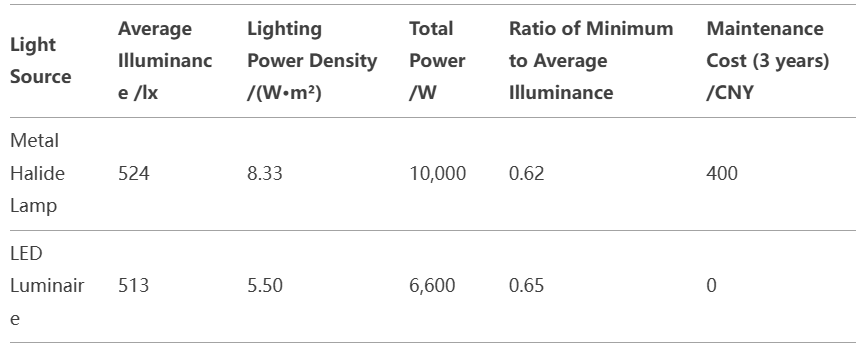
fig1 Iso-illuminance diagram for metal halide lamp arrangement(lx)
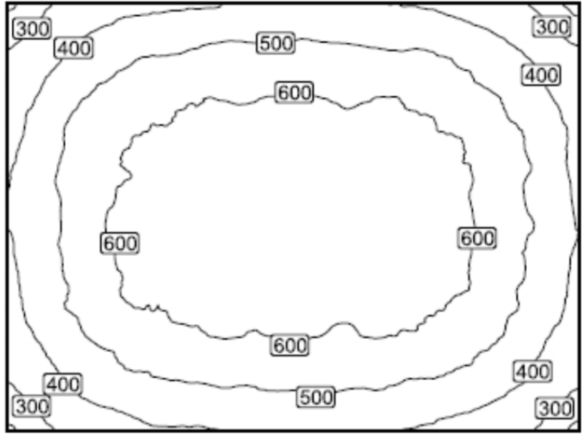
fig2 Iso-illuminance diagram of LED luminaire arrangement(lx)
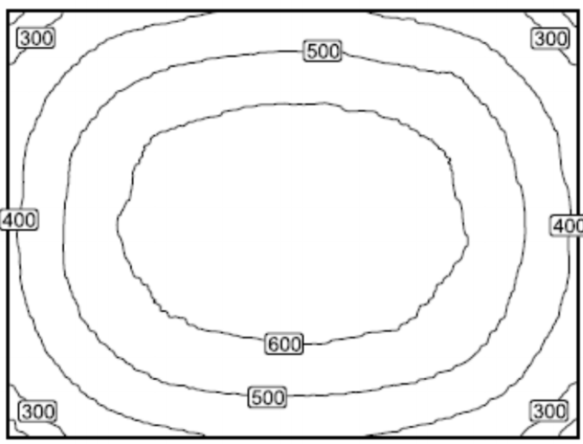
The simulation results presented in Table 2 indicate that the average illuminance and uniformity of the two types of lamps satisfy the criteria outlined in Table 1. The lighting power density for metal halide lamps is 8.33 W/m², while for LED lamps it is 5.5 W/m². Consequently, the total power consumption of metal halide lamps exceeds that of LED lamps by 3.400 W. If the gymnasium operates for 2.500 hours annually, it is projected that using LED lamps will save 9.860 kWh in annual power consumption, leading to a reduction in operating costs.
Currently, LED lamps available on the market have a lifespan exceeding 3 years, whereas metal halide lamps last about 1 year due to the need for timely replacement of the light source and rectifier. This results in significantly higher maintenance costs for metal halide lamps compared to LED lamps. Considering the annual electricity consumption data in Table 2. it is advisable to utilize LED lighting in this basketball court for energy efficiency.
3.2 Lamp Arrangement
When planning the arrangement of lamps, it is essential to take into account not only the building's ceiling conditions but also factors such as lighting quality, initial investment, and ongoing operation and maintenance costs. Typically, there are two prevalent lighting configurations for indoor basketball courts: the starry sky arrangement and the two-side arrangement. DIALux software can be employed to model, simulate, and evaluate various lighting setups.
The starry sky arrangement involves positioning lamps above the court, with their light beams directed perpendicularly to the playing surface. This setup is ideal for gyms with lower ceiling heights and should utilize symmetrical light distribution lamps. It is suitable for national fitness centers, commercial sports halls, and general training facilities. Conversely, the two-side arrangement is better suited for larger and medium-sized gyms that require higher vertical illumination. This configuration should use asymmetric light distribution lamps, with the fixtures installed at an angle that does not exceed 65° from the vertical line. Figure 3 illustrates the layout model for the starry sky arrangement, while Figure 4 depicts the layout model for the two-side arrangement.
fig3 Schematic diagram of the starry sky layout model
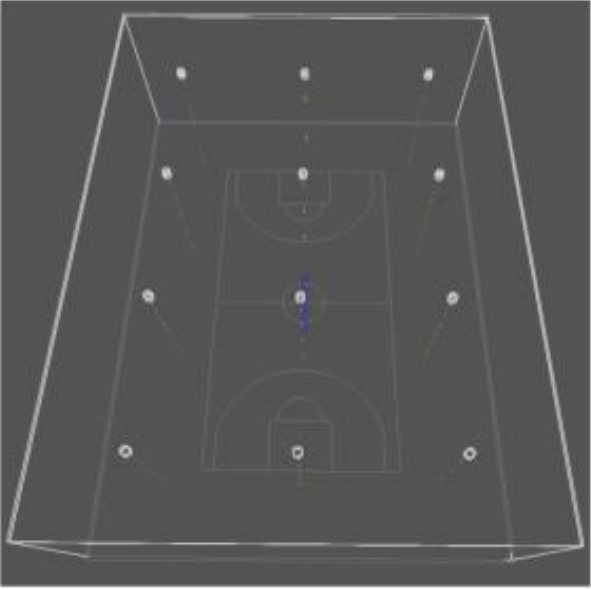
fig4 Schematic diagram of the two-side layout model
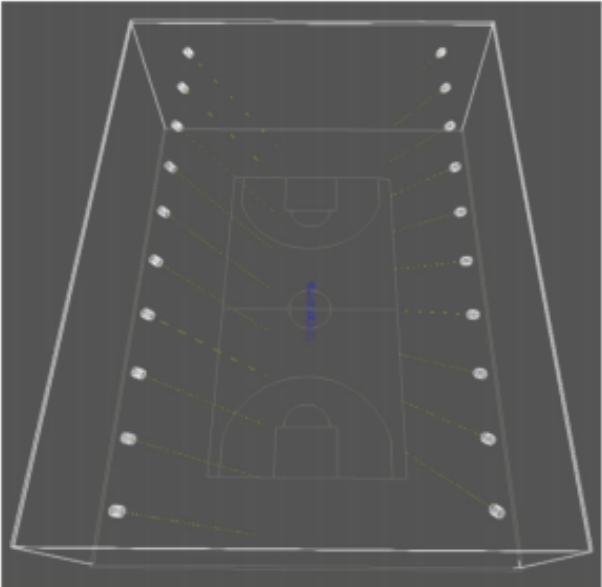
The simulation lights utilize a specific brand of ALTIOTH model metal halide lamps, each with a power output of 400 W. For a Class II basketball court with an illuminance of 500 lx, the starry sky configuration necessitates 25 lamps, while the two-side configuration requires 24 lamps. The results of the simulation are presented in Table 3. Figure 5. and Figure 6.
table3 Lighting arrangement simulation results table

fig5 Iso-illuminance diagram of the starry sky arrangement(lx)
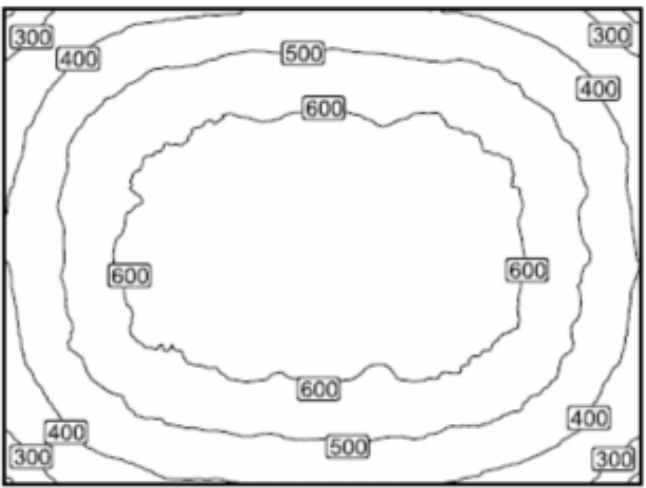
fig6 Iso-illuminance diagram for two-side layout

The simulation findings indicate that, with comparable average lighting levels, the starry sky layout requires one additional lamp compared to the two-side layout, resulting in a total power increase of 400 W. It is projected that if the gymnasium operates for 2.500 hours annually, the two-side layout could save 1.000 kWh of electricity each year, leading to a corresponding reduction in operating costs. Consequently, the two-side layout is recommended for the basketball court to promote energy efficiency and cost-effectiveness.
3.3 Lamp Control Modes
The basketball court serves as a venue for national fitness activities, commercial basketball games, and general training. The lighting is configured in three modes: amateur competition mode (with an illumination level of 500 lx), entertainment mode (300 lx), and cleaning mode (150 lx). All three lighting configurations utilize the top full-star layout method, and modeling and simulation are conducted using DIALux software. The lamps used in the simulation are ALTIOTH brand metal halide lamps, each with a power of 400 W and a luminous flux of 46.242 lm. The number of lamps for the amateur competition, entertainment, and cleaning modes are 25. 14. and 6. respectively. The simulation results are presented in Table 4.
table4 Lighting control mode simulation results table

The total power and power density values vary significantly across the three different modes. For the operation and maintenance of the basketball court, it is advisable to activate different lighting modes based on the specific usage needs of the venue to effectively save energy.
Currently, most basketball courts utilize metal halide lamps and LED lamps as their light sources. While metal halide lamps are more commonly used for basketball court lighting, the numerous benefits of LED lamps, such as energy efficiency and longevity, are likely to make them the preferred choice in the future. In the lighting design for indoor basketball courts, a gypsophila arrangement provides good illumination uniformity and is suitable for gyms with low ceilings; on the other hand, a two-side arrangement offers high vertical illumination, ease of maintenance, and an overall effective lighting solution, making it ideal for gyms that require high vertical illumination. When designing gymnasium lighting, it is essential to fully understand the venue's purpose and to appropriately switch between the three modes of amateur competition, entertainment, and cleaning to improve energy efficiency and lower operation and maintenance costs.
4. Best Indoor Basketball Court Lights
Indoor Basketball Court Lights A01
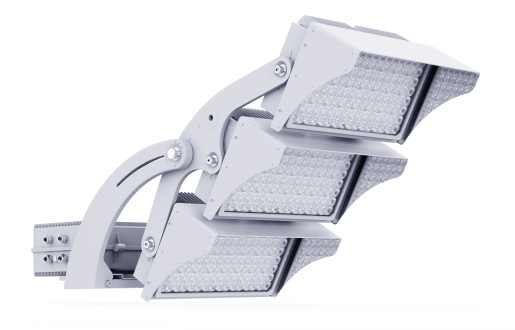
Indoor Basketball Court Lights A02
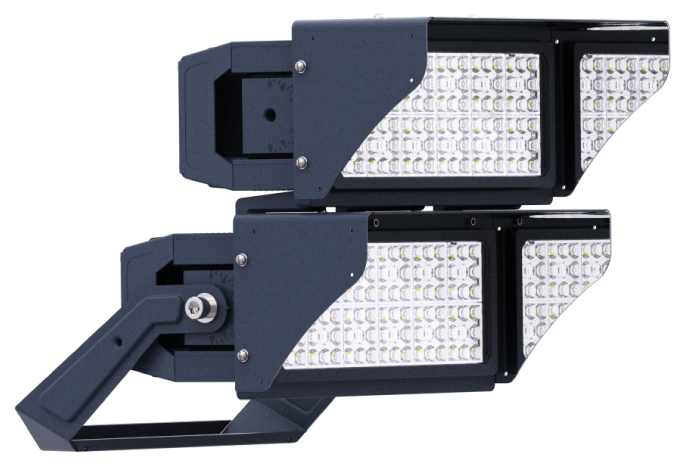
Indoor Basketball Court Lights B01
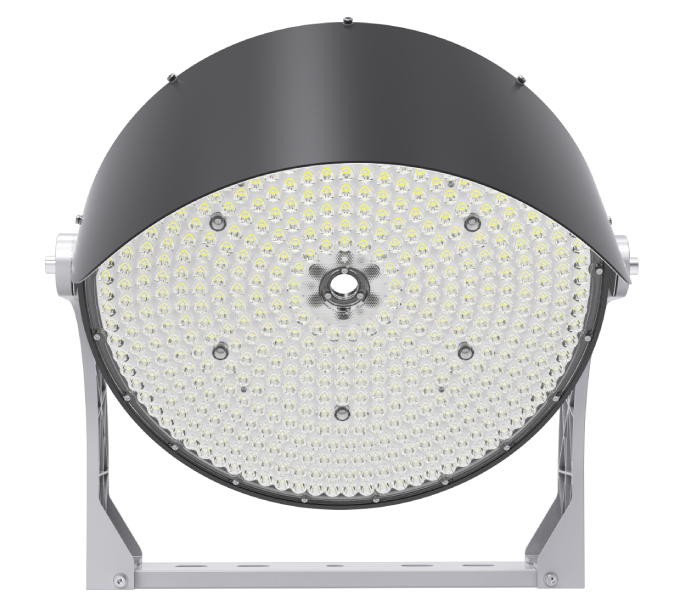
5. Related Blog
Led Outdoor Basketball Court Lighting Design Solution
Outdoor Basketball Court Lighting System Design